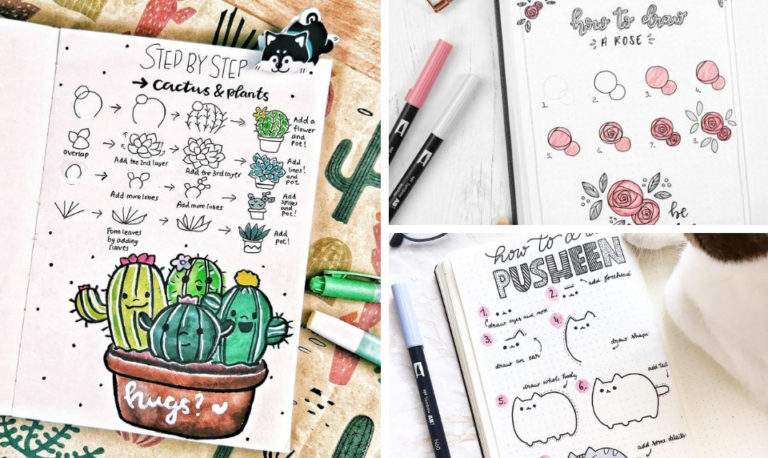How To Bullet Journal When You Can’t Draw
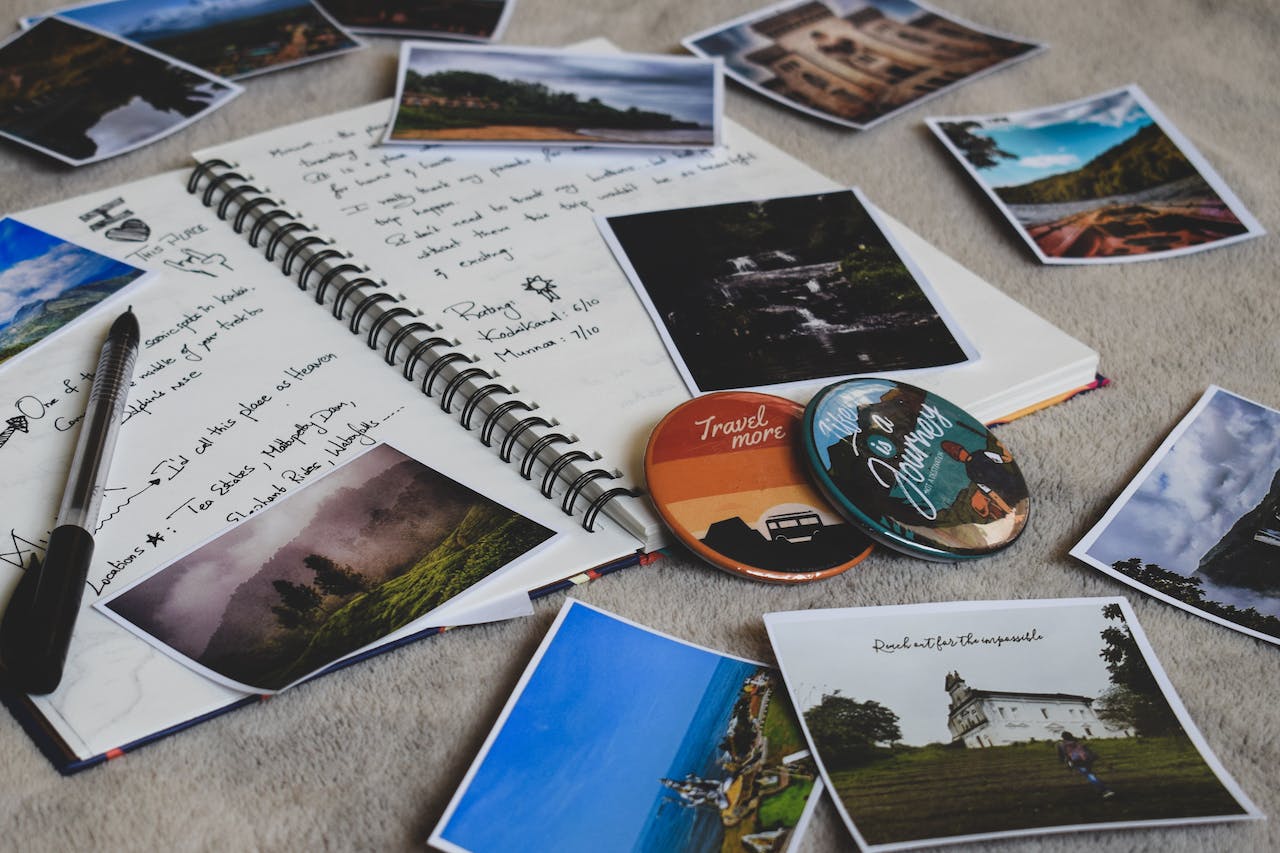
So, you’ve just heard about bullet journals but you can barely put a decent stick figure together, so now you’re probably wondering how to bullet journal when you can’t even draw.
Well, that’s a good question, probably one I asked myself over and over again when I was too afraid to start. The good news is that there are a few near-brilliant ways to help you solve this problem.
When I first started bullet journaling, my doodles were terrible but when you eventually learn these smart hacks, stressing overdrawing will be the least of your concerns.
If you want to create beautiful spreads like those on Instagram or maybe you just want to get over your fear of not being good enough, there are plenty of bright ideas to try that will boost your confidence and skills.
The great thing about these ideas is that you don’t have to be a pro at drawing or have any skills whatsoever.
If you successfully implement these journal tips, you’ll be able to create gorgeous new spreads that will inspire others just like yourself.
Sounds good? Let’s head over to the goodies.
Table of Contents
Best Tips For Bullet Journaling When You Can’t Draw
1. Keep it simple with minimalism
Minimalistic spreads are simple and clean yet still as gorgeous and unique as colorful spreads filled with doodles. Those black and white spreads? Yup, that minimalist!
They are not boring! Many artists prefer to use a minimalistic spread. It’s easier to maintain and less time-consuming. This would be a reasonable solution to try if you just want to dip your toes into bullet journaling or start small with a quick and clean spread.
Of course, there are many ways to use these black-and-white spreads. Here are a few examples you can use as inspiration for your journal:
- Simple weekly spread by Cafe Study
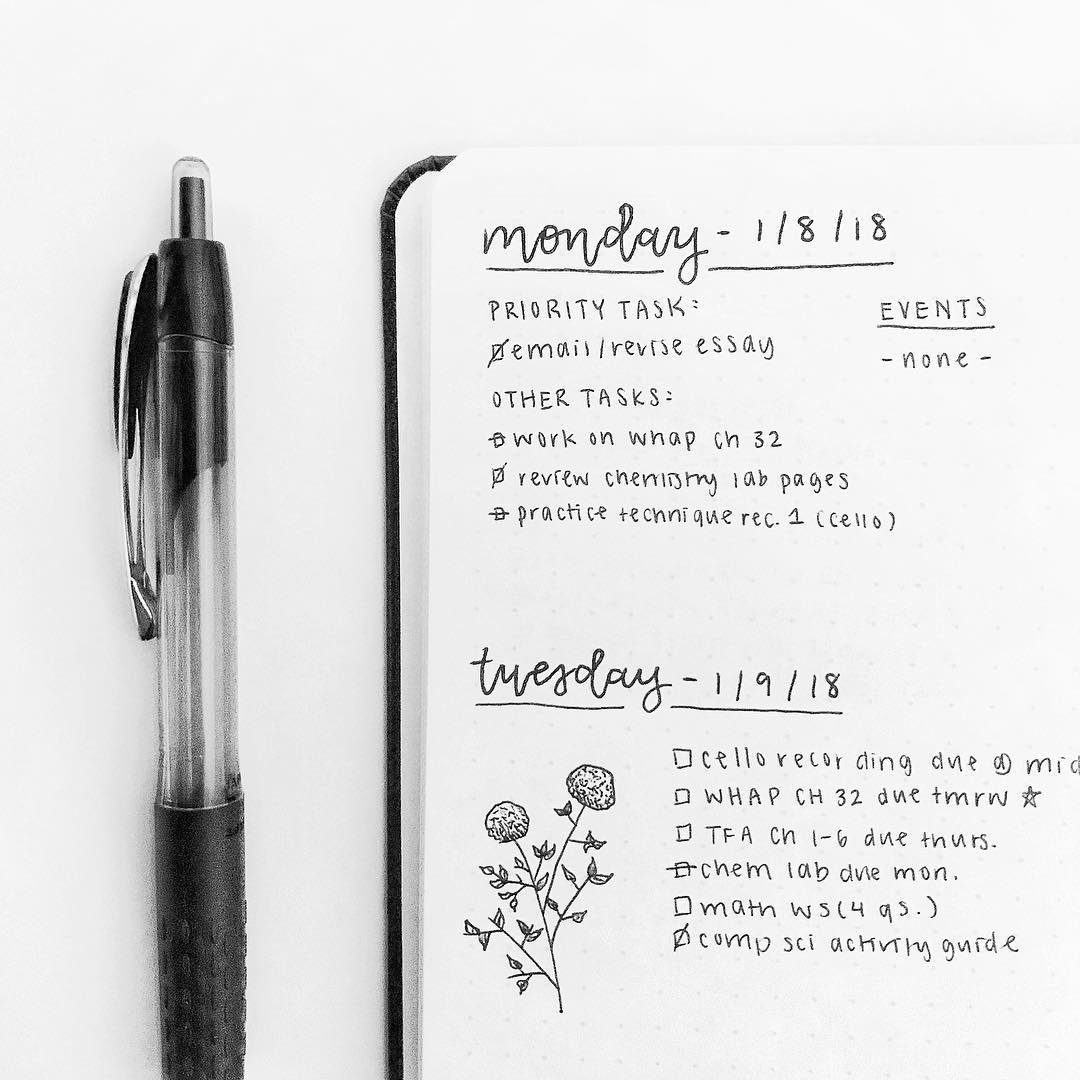
- Minimalistic Habit Tracker by Merakumi

2. Watch drawing tutorials
Coming from someone terrible at drawing, the one thing I realized after following a few drawing tutorials is that when you know how an image or doodle is formed such as when you break them down into different shapes and sizes, it’s much easier to draw it correctly.
Also when you practice more often, after some time you’ll notice a drastic increase in the quality of your images. If you’ve ever struggled to draw a circle freehand, after drawing close to fifty circles, you’ll be able to sketch a circle in one go.
Drawing tutorials will open your mind to ways you’ve never known before. Take for example these 50 cute doodle ideas. The artist breaks it down into simple steps so you can take your time to draw.
After a few tries, you’ll definitely get the hang of it and become more experienced at drawing.
If you’re stressed about finding ‘your style’, that will come in time. Many artists recommend copying other artists (with of course never publishing it or claiming it as your own).
When you start learning how other artists make use of shapes and ideas, you’ll eventually get better at creating your style.
3. Use stencils
Stencils are a cute and fun way to make your drawings look perfect. It’s much neater and quicker than if you had to draw them yourself but if you just want to draw a few boxes or doodles, then using a stencil is the way to go!
You can easily whip up a weekly spread in minutes while maintaining that level of perfection or just accomplish your goals of not making a mess of the lines.
They’re also a cheap way to make bullet journal spreads look better but if you’re looking for really customized stencils, then you can try these over here or head over to Etsy for custom handmade stencils.
Okay, so if you need a few examples of how using stencils in a journal turns out, take a look at these easy drawings:

Credit: Etsy
It’s stunning, right?
4. Try using stamps
Stamps are ideal if you want pretty prints and it’s sort of a ‘cheat’ or (better yet) an alternative to actually drawing. There are amazing stamps out there like leaves, flowers, frames, stars, weather icons, and other cute doodles.
Just imagine all the bullet journal spreads you can create using stamps. It’s no doubt tempting to start immediately!
Using stamps could also save you time from tedious tasks like drawing borders or calendars every month that normally pretty time-consuming.
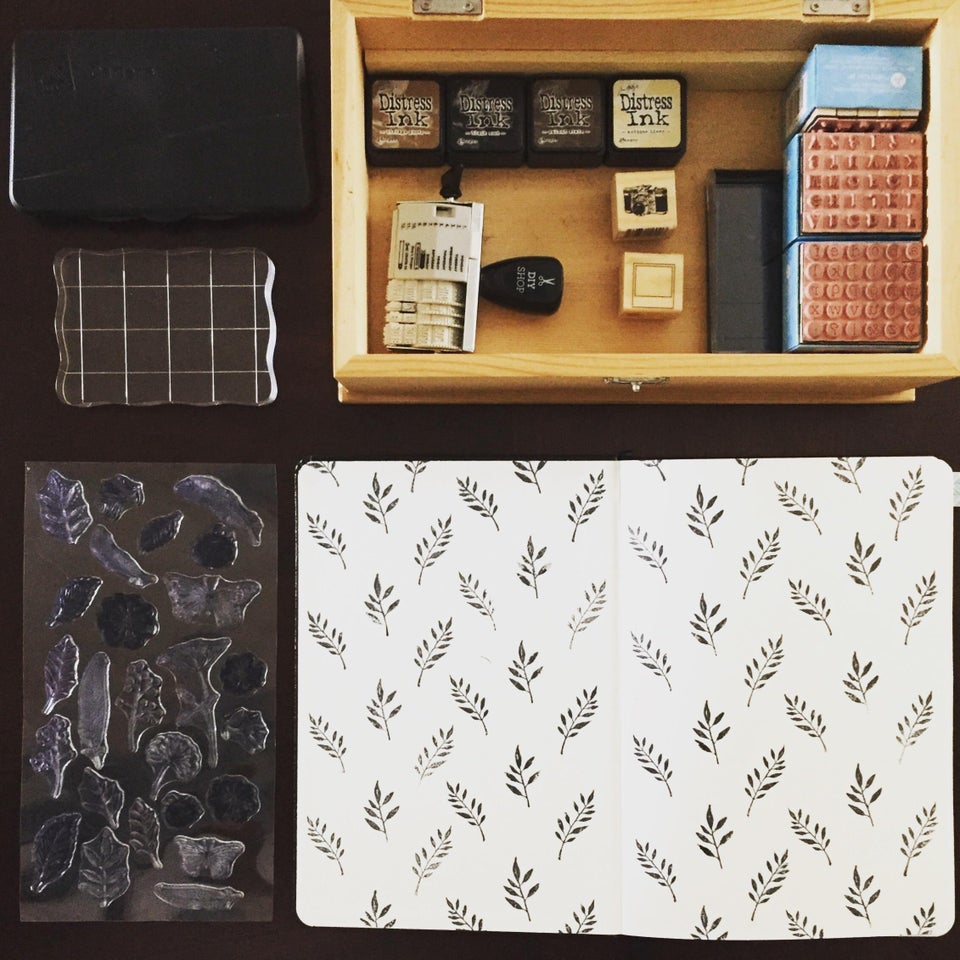
Photo Credit: Reddit
Of course, when you’re buying all your journal supplies at first, this can get costly but there is a great way to save money by making your stamps that are just as good as if you had purchased them.
But I can assure you that using stamps is no less than drawing in any way as proven above. Stamping will give your work a new charm!
5. Decorate with washi tape
Here’s an awesome trick I love to make a boring spread look creative. Grab a colorful washi tape and stick it at the top and bottom of your page to create a border.
You can also use a small piece of washi paper to stick other patterned paper for a ripped effect.
This trend is incredibly popular at the moment and many love using this just to decorate their spreads while making it look better and adorable – and it sure does!
With washi tape, there’s a variety of colors and patterns to choose from (and they’re one of the cheapest art supplies you can find) so using them will make up for the fact that your spreads might be missing doodles.
However, don’t be tempted to use many different washi tapes. It’s best to match them with your color scheme so that it looks less busy and more attractive.
6. Watercolors work great
You might be wondering why I included painting in here but what works great in decorating your spreads is using lovely splashes of watercolor paint.
Yes, you don’t have to know how to draw but watercolor is easy enough to create great spreads whether you’re a beginner or not. Just grab a cheap watercolor pallet, water, and a paper towel and add some beautiful effects like these.
Still uncertain? Let’s take a look at these great ways to use watercolor in your bullet journal:
- Easy Watercolor Title Wash by lifebywhitney
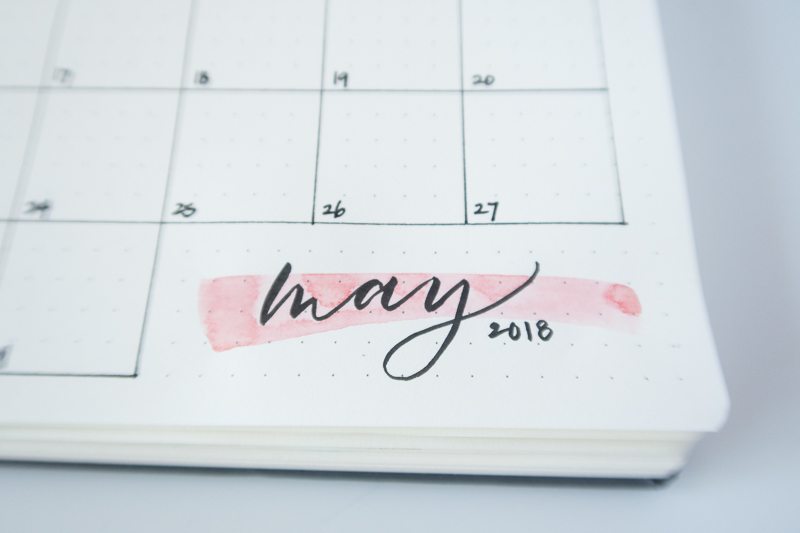
- Clouds and River Weekly Spread
7. Keep a doodle reference guide
Sometimes you can get confused about what to draw or how to draw it when you’re prepared and ready to start.
Those moments are terrible, right? A great way to prevent this is to have a small sheet of small doodles you can copy.
This will prevent that mental block and allow your creative juice to flow easily.
I love this collection of small doodles and icons you can use for your journal. They’re one of the simplest and easiest drawings you’ll find and are also perfect for those that are just started to draw.
8. Go with the flow and have fun
Here’s one thing you need to remember: Bullet journaling is for fun so make sure you’re having fun rather than stressing about creating mind-blowing spreads. It’s okay to make mistakes and nothing needs to be perfect.
You’ll learn from your mistakes and eventually, how to bullet journal when you can’t draw will be the least of your concerns.
Just go with the flow and see where this takes you.
At the end of the day, you’re doing something that will improve yourself.
Feel proud and bold!
There will always be bullet journal tips and techniques to help you when you stumble.
Just enjoy the ride of bullet journaling!



